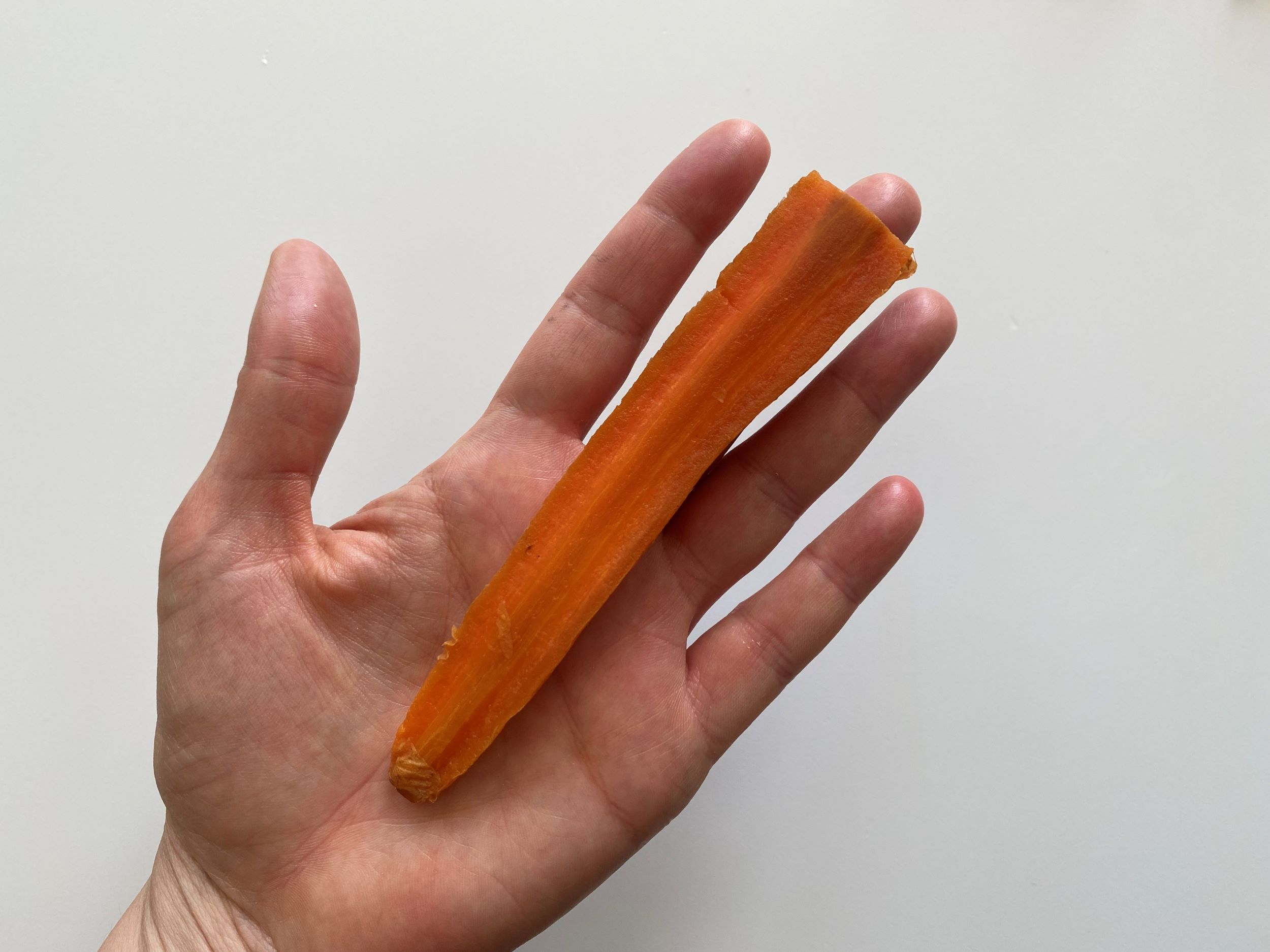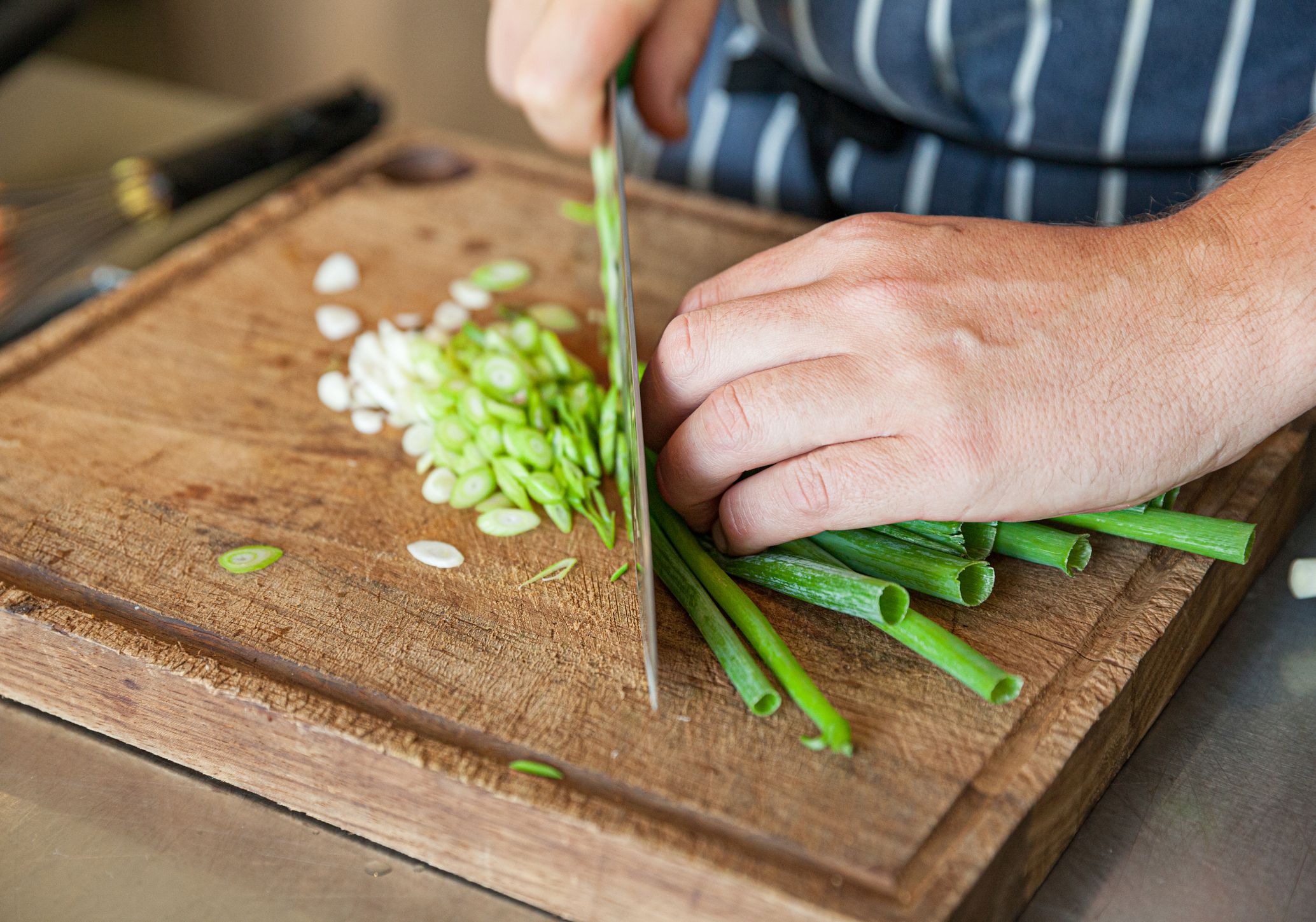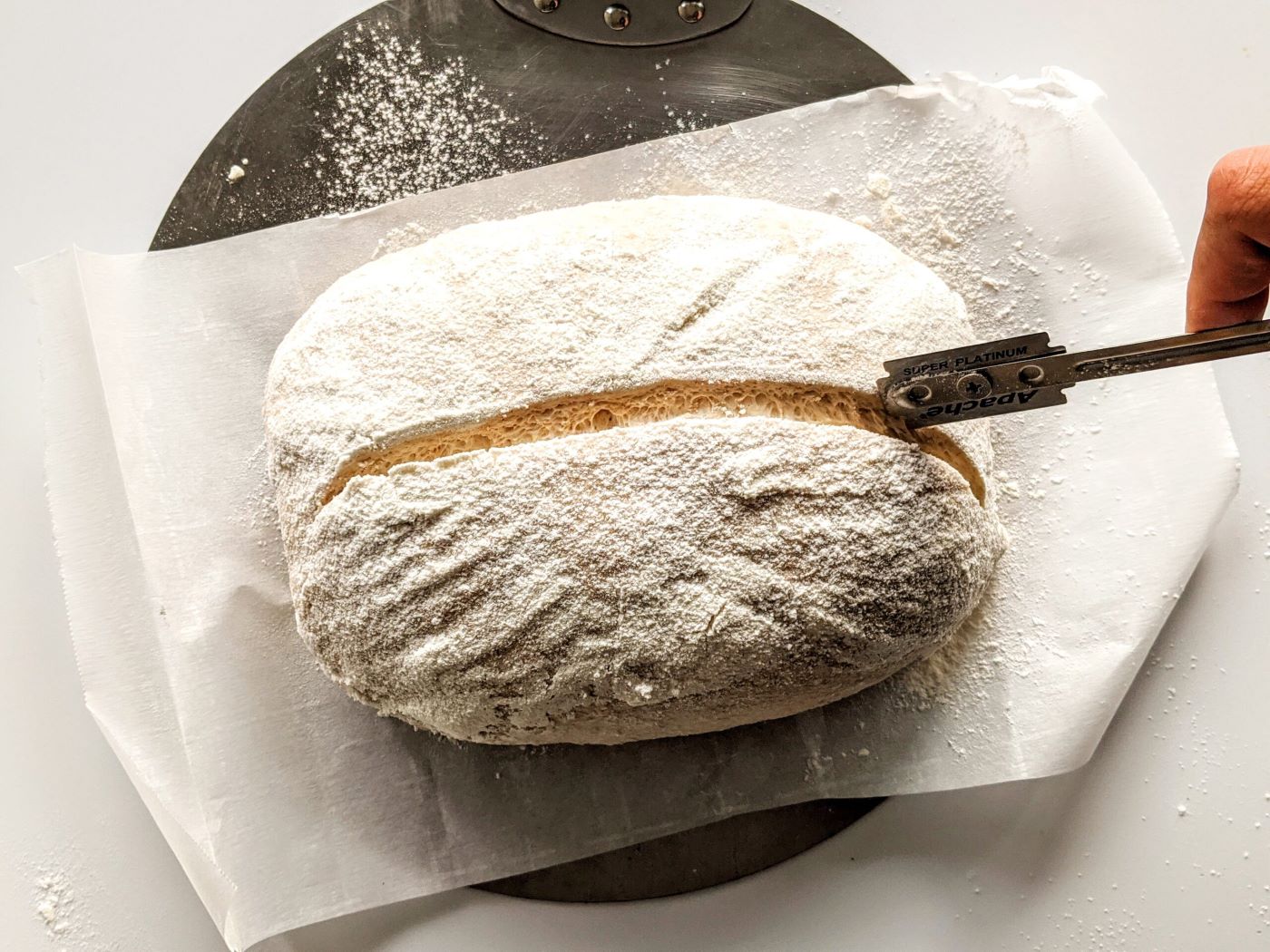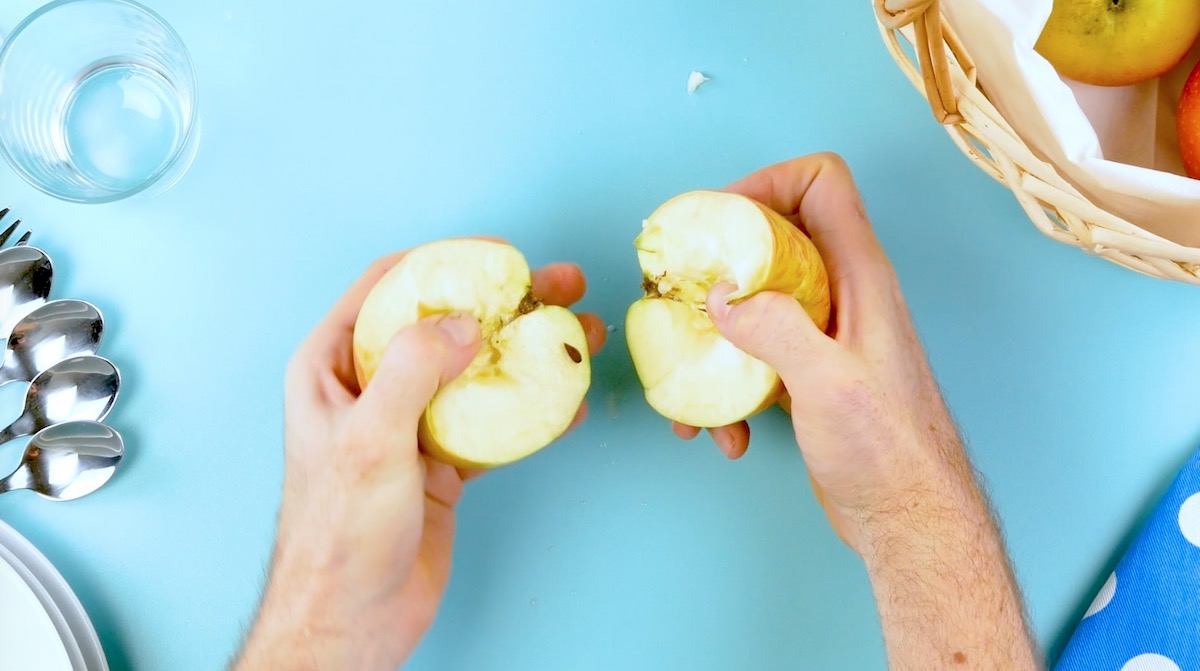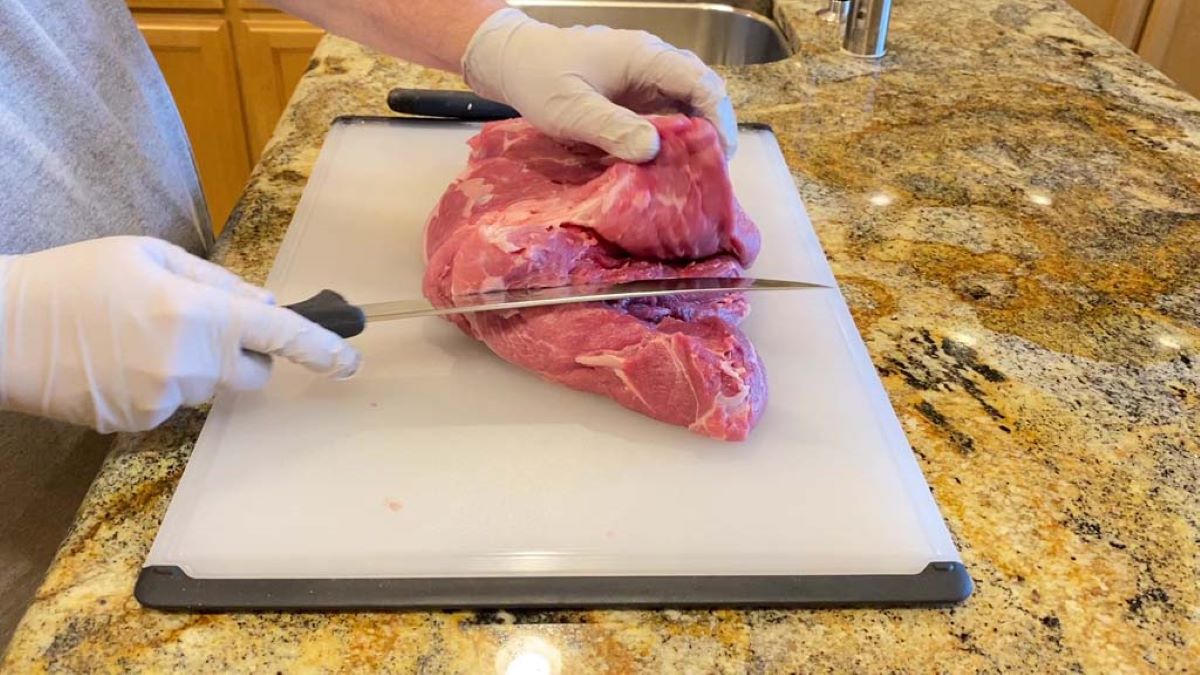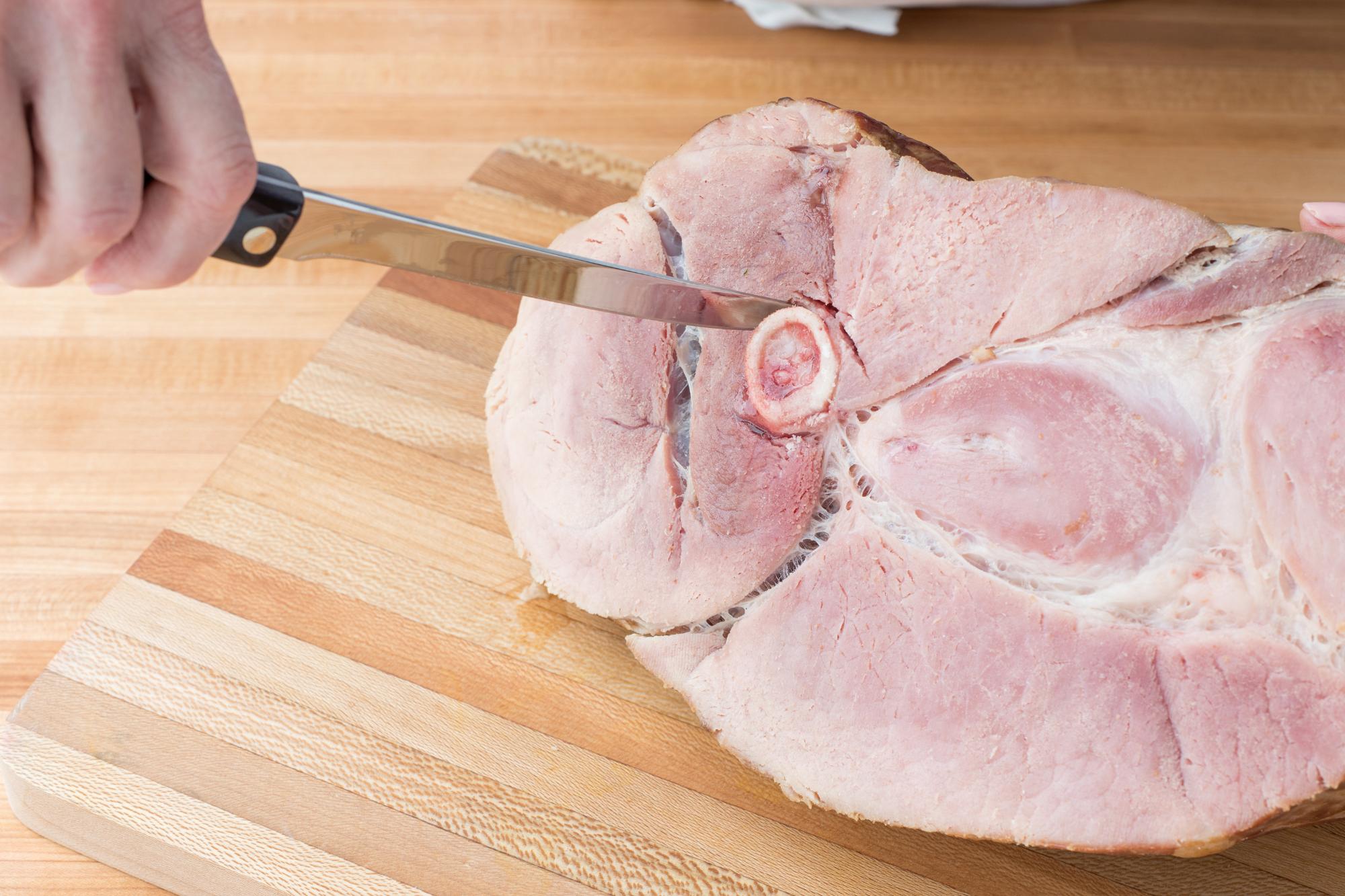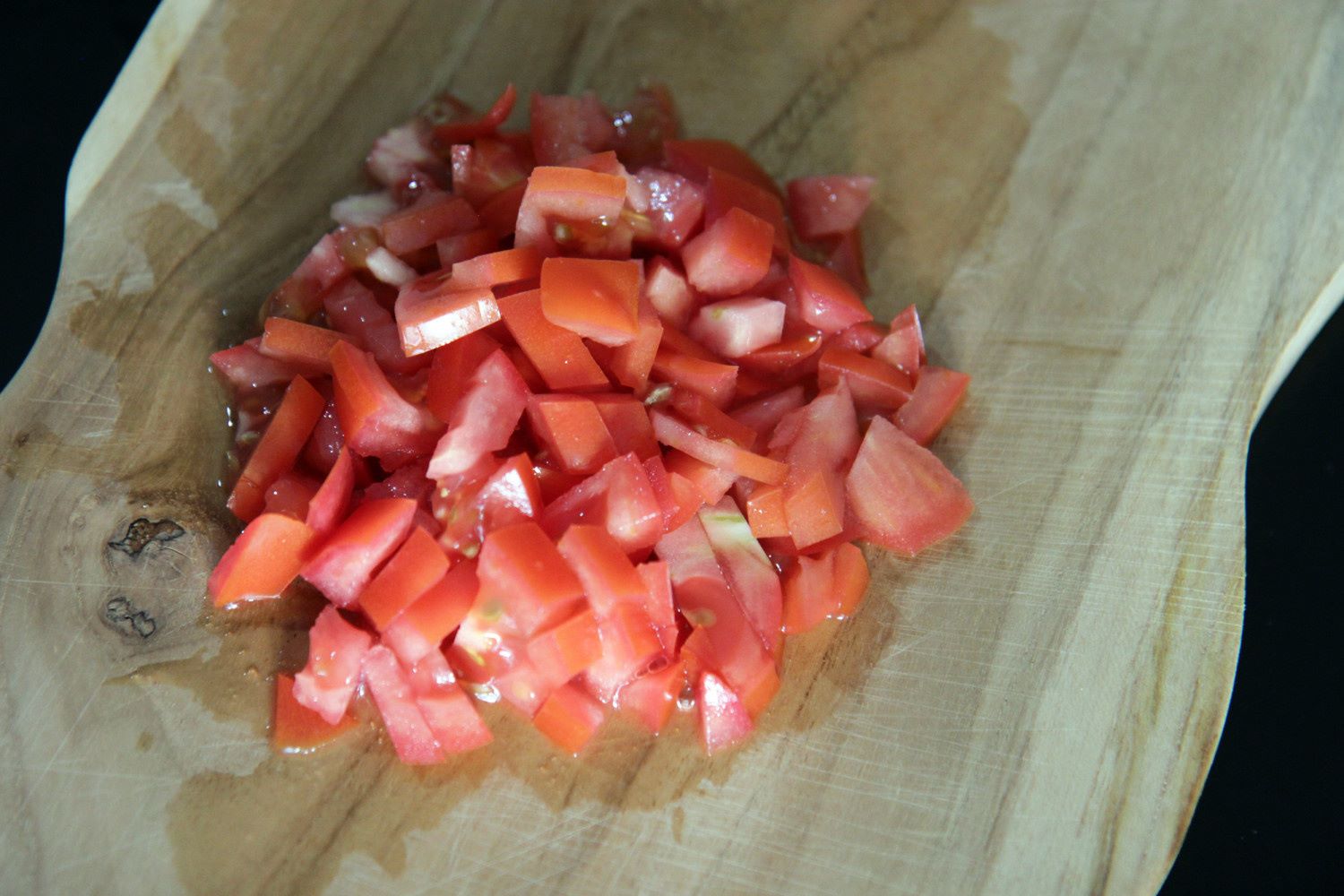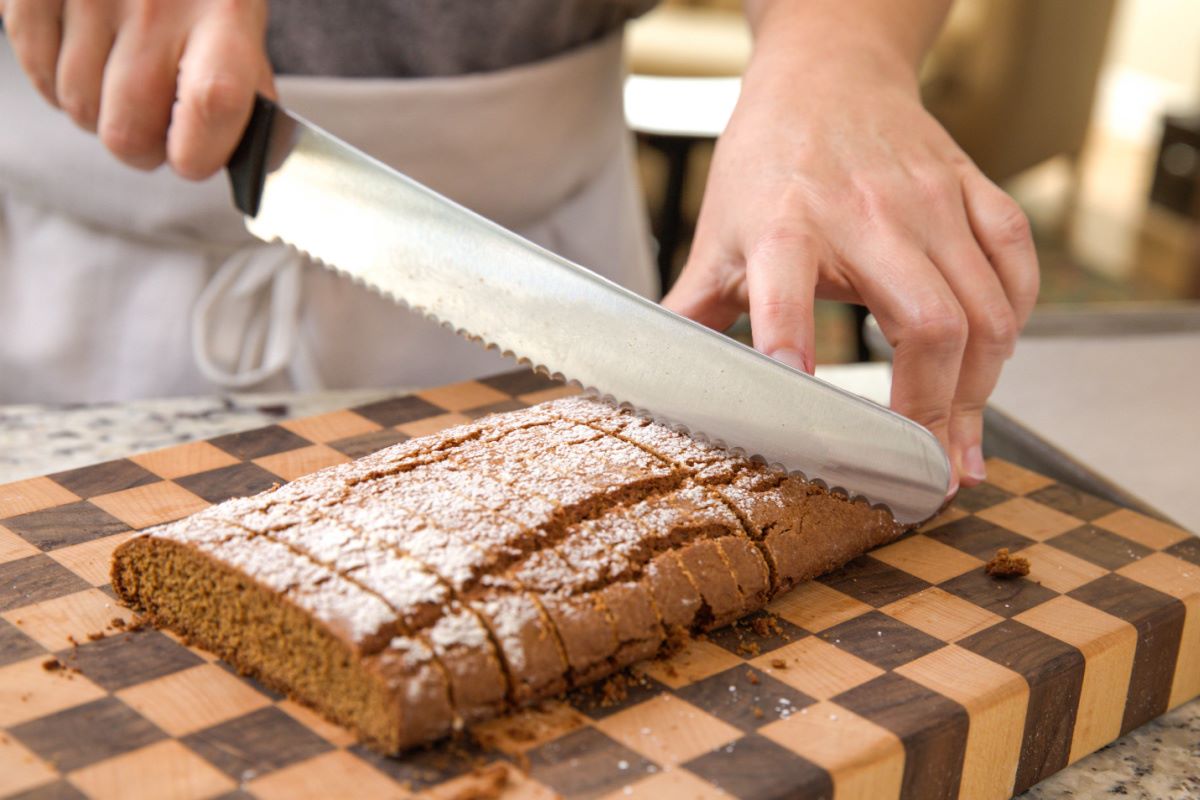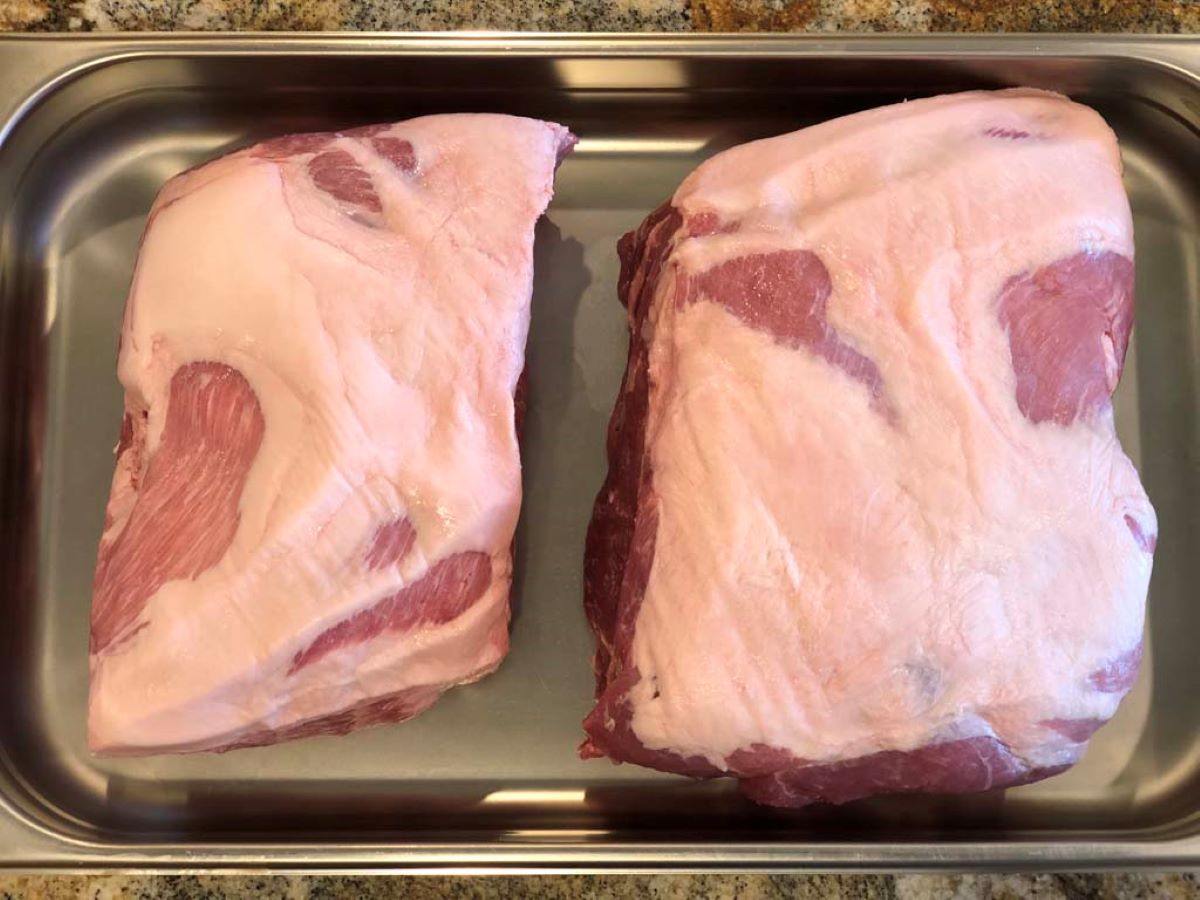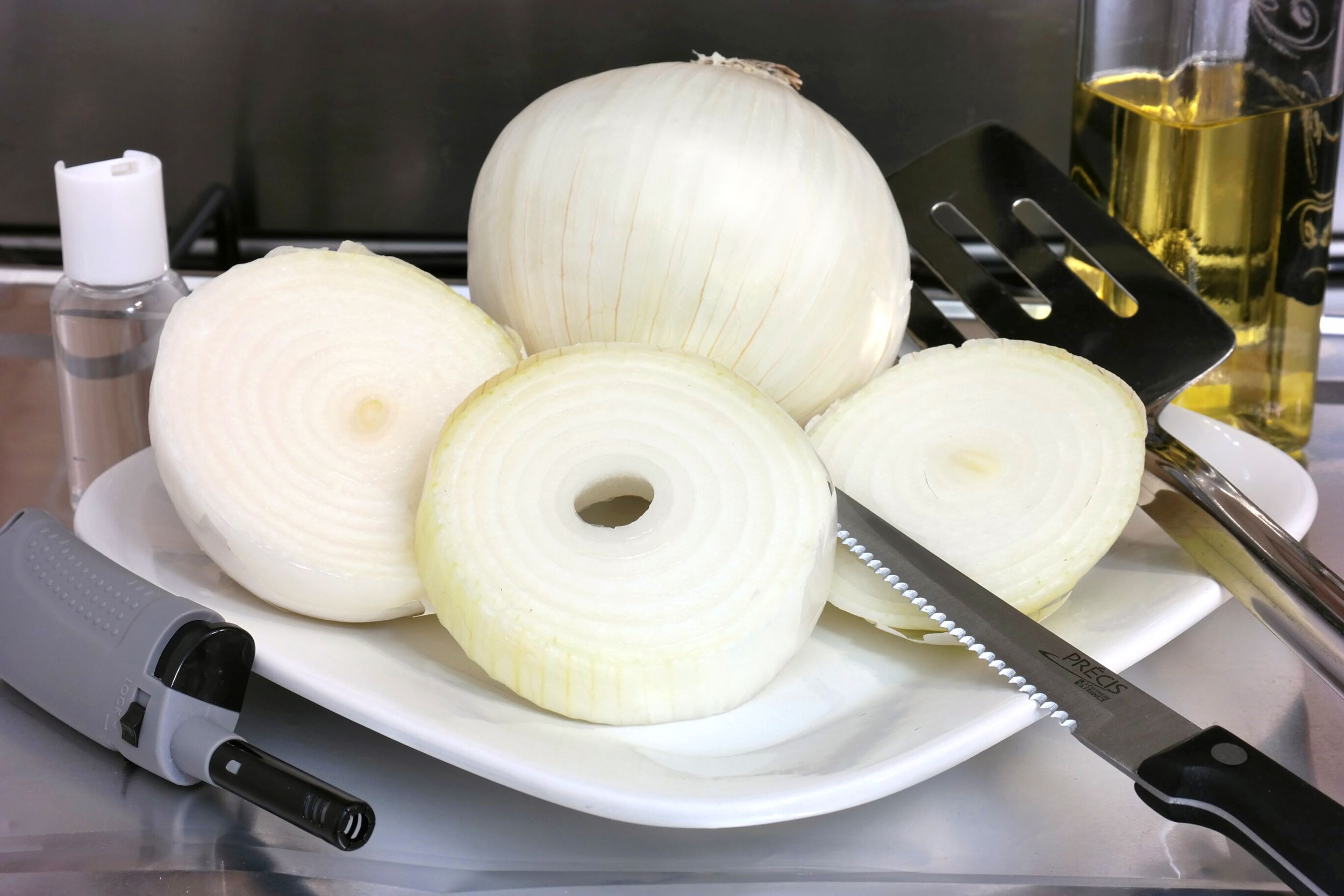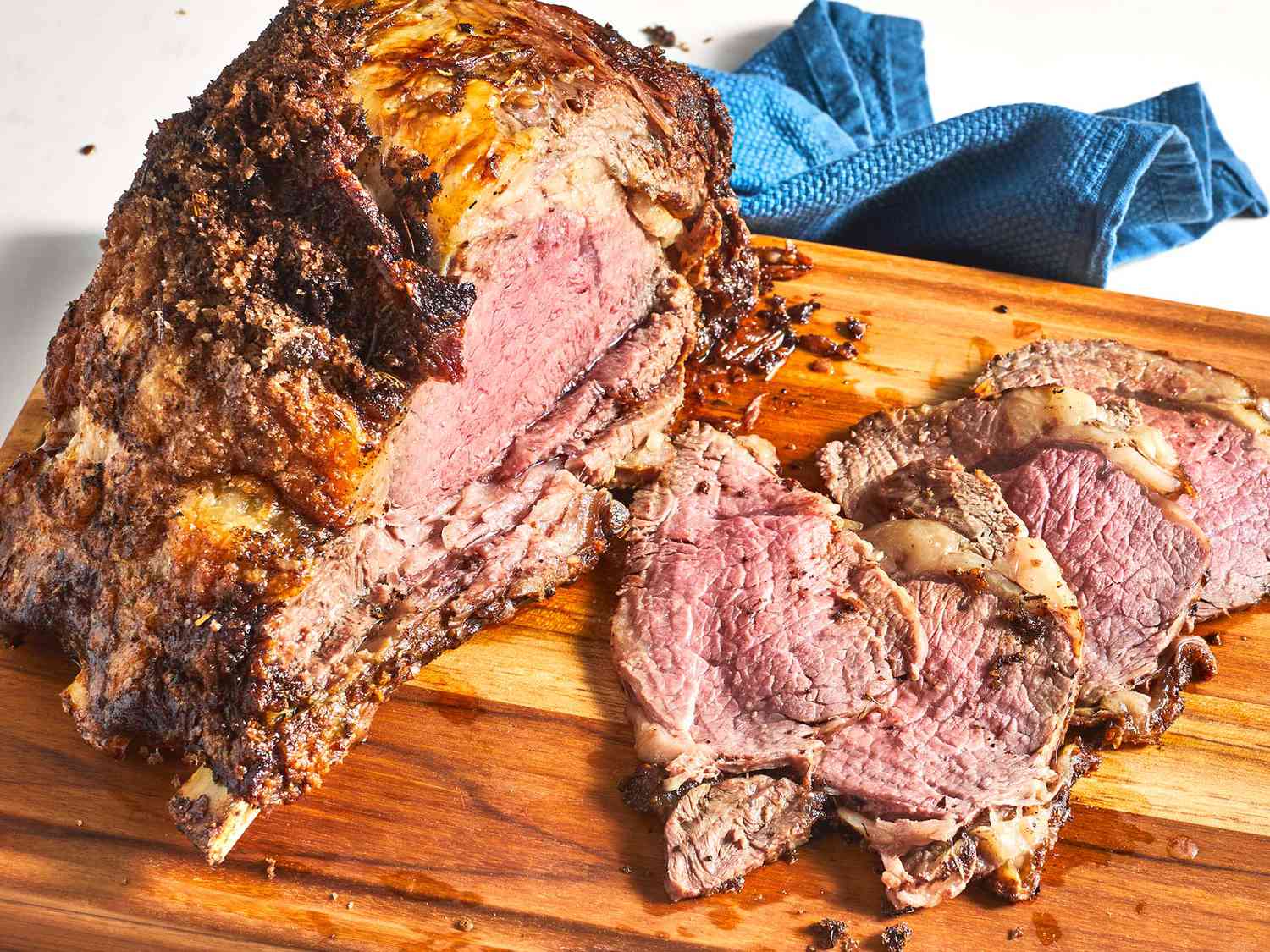How to Say Goodbye to Coffee: A Guide to Cutting Out Your Barista Bestie
For many of us, starting the day without a hot cup of coffee is almost unimaginable. The rich aroma, the energizing caffeine kick, and the comforting routine have become integral parts of our lives. However, if you’re looking to change your caffeine habits and cut out coffee, we’re here to help. In this guide, we’ll walk you through some practical steps to successfully bid farewell to your barista bestie.
1. Set Clear Goals
The first step to cutting out coffee is to understand why you want to do it. Whether it’s to reduce your caffeine intake, improve your sleep quality, or simply explore new alternatives, having a clear goal in mind will help you stay motivated throughout the process.
2. Find Suitable Substitutes
One of the keys to successfully cutting out coffee is finding suitable alternatives to satisfy your craving. Here are some options:
- Herbal Teas: Explore the world of herbal teas. With a wide range of flavors and potential health benefits, you’ll find plenty of options to suit your taste buds.
- Matcha Green Tea: With its calming yet energizing properties, matcha green tea can provide a gentle caffeine boost without the coffee jitters.
- Golden Milk: This vibrant drink made with turmeric, ginger, and other spices offers a warm and soothing alternative to coffee.
- Fruit Infused Water: Hydrate and refresh yourself with delicious combinations of fruits and herbs infused in water. Get creative with flavors like lemon-mint, strawberry-basil, or cucumber-lime.
3. Gradually Decrease Consumption
Cutting out coffee abruptly can lead to withdrawal symptoms like headaches and fatigue. Instead, try gradually reducing your coffee intake over time. Start by decreasing the number of cups per day or swapping one coffee with an alternative beverage.
4. Create New Morning Rituals
For many, coffee is not just a drink but also a part of their daily ritual. Replace this ritual with new healthy habits to make the transition easier. Consider a morning walk, meditation, or spending a few minutes journaling to kickstart your day.
5. Stay Hydrated
Drink plenty of water throughout the day to stay hydrated. Dehydration can sometimes make you feel tired and sluggish, prompting cravings for coffee. Keep a water bottle handy and make it a habit to sip water regularly.
6. Seek Support
Going on a coffee-free journey can be challenging, especially if you’re used to relying on it for an energy boost. Share your goal with family, friends, or even join online communities where you can find support and tips from others who have successfully cut out coffee.
7. Allow Room for Occasional Treats
It’s okay to enjoy an occasional treat and indulge in a cup of coffee when you really crave it. This flexibility can prevent feelings of deprivation and help you maintain a long-term commitment to cutting out coffee.
Remember, cutting out coffee is a personal journey, and what works for one person may not work for another. Be patient with yourself, stay focused on your goals, and don’t forget to celebrate small victories along the way. Your new caffeine-free lifestyle awaits!
Was this page helpful?
Read Next: How To Cut A Lobster Tail For Broiling
